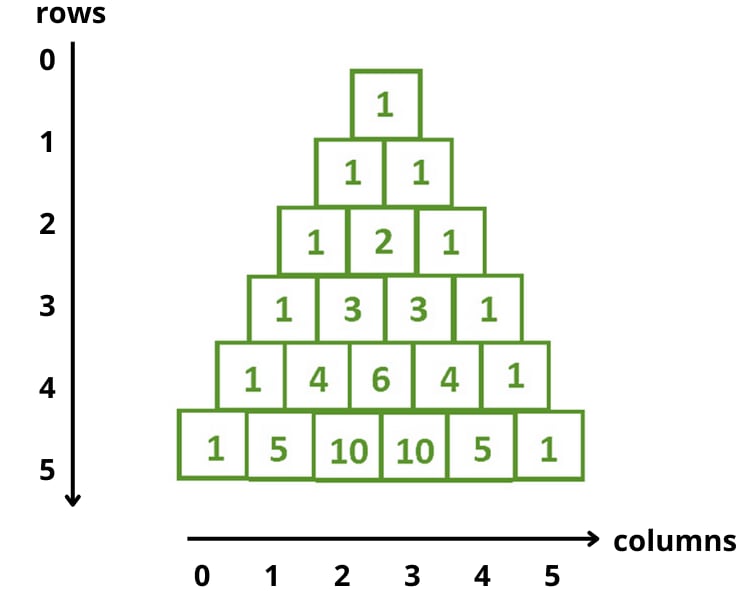
rachel
Posted on September 13, 2022

Here are some fun beginner-friendly coding problems that I came across recently. I hope that this article can help you improve your understanding and motivate you to learn.
1. Number of integers in a string
Given a string, return the number of integers present. For example, the string "My favourite number is 17 and 30" has 2 integers.
Tips:
- Break the string down into individual words.
- Use Python's built in functions to check for the type of each word.
Solution:
def num_of_integers(str):
count = 0 # initialise count
str = str.split() # split the string into list of words
for i in range(len(str)):
if(str[i].isdigit()): #check if the word is an integer
count += 1 # increment count
return count
print(num_of_integers("My favourite number is 17 and 30"))
2. Palindrome checker
Write a function that checks is a given word is a palindrome(a word that is read the same forward and backward, for example, "bob", "abba", "radar"), assuming that input will be in lowercase letters.
Solution:
# Method 1: Iterative solution
def palindrome(str):
for i in range(int(len(str) / 2)):
if (str[i] == str[len(str)-1]):
return True
return False
# Method 2: Using Python's built in function
def palindrome(str):
return str == str[::-1] # compares the string and its reverse
3. Zip two lists
Write a custom zip function that replicates Python's built in zip() function.
Solution:
def custom_zip(list1, list2):
result = []
for i in range(len(list1)):
result.append((list1[i], list2[i]))
return result
print(custom_zip([0, 1, 2, 3],[5, 6, 7, 8]))
4. Print a staircase
Given a positive integer n, print a staircase of height and width of n using "#" and spaces. An example is shown below:
n = 4
#
##
###
####
Tips:
- Use
forloops - Think of how many "#" and white spaces you want in each row
Solution:
def staircase(n):
for i in range(n):
for x in range(i+1):
print("#", end = "")
for y in range(n-i-1):
print(" ", end = "")
print()
staircase(4)
Explanation:
- For the first row, you want 1 "#" and (n - 1) white spaces. For the second row, you want 2 "#" and (n - 2) white spaces and so on...
- The nested for loop is used for displaying the "#" and white spaces for each line.
- Once each line is completed, it will go to the outer loop then print the next line.
5. Recursive Pascal's triangle
Given a row and column number, write a recursive function that returns the corresponding value of the specified row and column in the Pascal's triangle as shown below:
Tips:
- The values are formed by adding together the two numbers just above to the left and right of each position in the triangle.
- There are a few base cases to consider.
- Number of columns should not be larger than number of rows.
Solution:
def pascal_triangle(row, col):
if (row >= col):
if (col == 0 or row == 0 or row == col):
return 1
else:
return pascal_triangle(row-1, col-1) + pascal_triangle(row-1, col)
else:
return 0
print(pascal_triangle(3,0))
print(pascal_triangle(3,1))
print(pascal_triangle(3,2))
print(pascal_triangle(3,3))
Hope you had fun trying out these challenges! Feel free to share your solutions and any comments regarding the post.

Posted on September 13, 2022
Join Our Newsletter. No Spam, Only the good stuff.
Sign up to receive the latest update from our blog.


